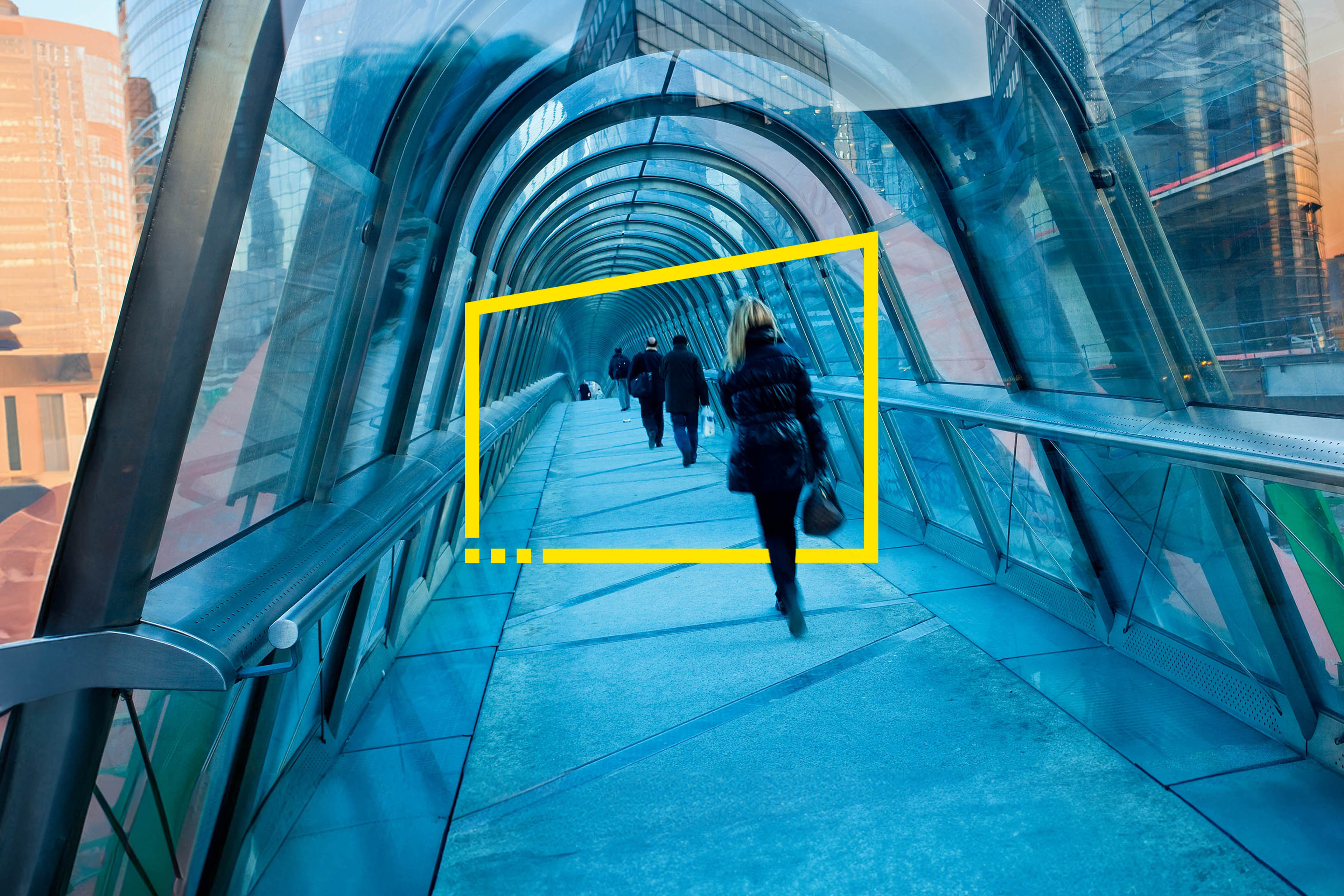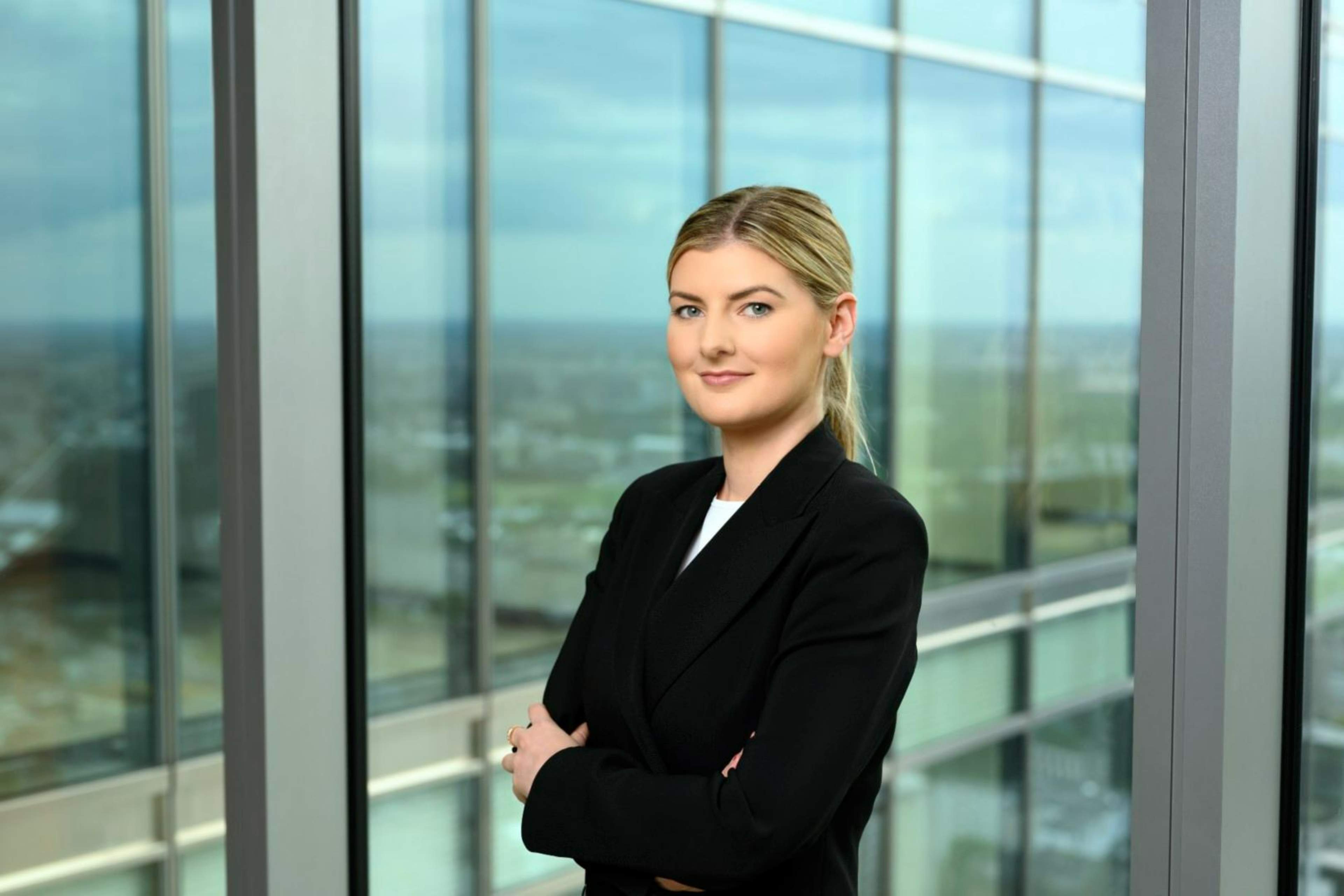EY refers to the global organization, and may refer to one or more, of the member firms of Ernst & Young Global Limited, each of which is a separate legal entity. Ernst & Young Global Limited, a UK company limited by guarantee, does not provide services to clients.

Here is the Make IT clear special materials 04-05/2023
Topics discussed:
- U.S. Supreme Court's much-awaited ruling
- IT - The European Parliament has adopted the content of the regulation of AI
- Cybersecurity - Implementation of the NIS2 Directive in Poland - key business challenges
- Data protection - Update on the activities of the European Data Protection Board
- E-commerce - Explanations of the President of the OCCP on price reductions - selected issues
- Legal Alert – Protection of business secrecy

Chapter
Intellectual property
U.S. Supreme Court's much-awaited ruling
18 May 2023. The US Supreme Court has handed down its ruling in the case between the Andy Warhol Foundation for the Visual Arts and photographer Lynn Goldsmith.
The ruling is crucial in terms of interpreting the US construction of 'fair use'. In Poland, the institution most similar to 'fair use' is the institution of permitted use regulated by the Act on Copyright and Related Rights of 4 February 1994.
Case study
In 1981, photographer Lynn Goldsmith took an iconic photograph of Prince. Three years later, Andy Warhol used the photograph as the basis for a series of new works (including an orange silkscreen print of Prince's photograph - Orange Prince - subsequently featured on the cover of Vanity Fair) claiming that he had taken 'inspiration' from the original image.
The photographer claimed that her rights had been infringed (she did not receive any remuneration for this; a royalty was paid, but to the Andy Warhol Foundation).
On 1 July 2019. The Court of First Instance ruled that, within the series of works created by Andy Warhol, there were grounds for assuming fair use and, on the same basis, dismissed Lynn Goldsmith's counterclaim for copyright infringement. The court of first instance ruled in favour of the Warhol Foundation. In its reasoning, the court pointed out that the more appreciated and distinctive the artist's work and style, the greater the artist's entitlement to adopt others' works.
Lynn Goldsmith appealed against the judgment of the Court of First Instance. In the appeal, she raised, inter alia, the allegation that the Court of First Instance misapplied the institution of fair use.
The Court of Appeal amended the judgment by ruling that the Court of First Instance had misapplied the institution of fair use.
The Court of Appeal did not share the position of the court of first instance that the Prince series was "transformative" in relation to the photograph in question. The Court of Second Instance indicated that Andy Warhol's works were 'much closer to presenting the same work in a different form. The Court of Appeals found it significant that the series at issue retained the essential elements of Lynn Goldsmith's photographs 'without significantly adding or altering those elements’.
The case has now reached the US Supreme Court.
Lawyers for the Andy Warhol Foundation argued that Andy Warhol had sufficiently transformed the photographs, so there was no copyright infringement.
The Supreme Court ruled on 18 May 2023 that Andy Warhol had indeed infringed Lynn Goldsmith's copyright when he created his 'Prince' series of works. The court rejected claims by lawyers for the Andy Warhol Foundation that his work was sufficiently transformative.
Not all judges shared this opinion, but the majority ruled in favour of photographer Lynn Goldsmith.
What impact can this judgment have?
The Supreme Court's decision in this case may primarily affect US AI companies, which have so far based their operations precisely on the construct of 'fair use’.
US and European AI companies base their operations on the institutions of fair use. This is because AI relies heavily on material that is protected by copyright law.
The criteria considered for 'fair use', however, are so vague that there can be many interpretations. Consequently, in the US, court decisions are shaping interpretations of this legal construct. Of course, time will tell to what extent the US courts will interpret the ruling expansively, and to what extent they will find that the present case involved entirely different, specific facts.
Two US institutions that call for the protection of works from artificial intelligence, i.e. the Recording Industry Association of America and the National Music Publishers Association, are satisfied with the Supreme Court ruling.
Furthermore, the Supreme Court's ruling in the case described above may have positive consequences for all photographers whose copyrights have been infringed because someone has been 'inspired' by their work.

Chapter
IT
The European Parliament has adopted the content of the regulation of AI
On 14 June, the European Parliament adopted a negotiating position on the Artificial Intelligence Act (AI Act). The next step on the AI Act legislative path will be the negotiations with the Council of the European Union on the final form of the regulation.
Purpose of the AI Act
The main objectives of the AI Act are:
- to create regulations that limit the risks associated with the use of artificial intelligence,
- to ensure a high level of security for companies and individuals and at the same time to promote the development of AI technologies,
- to harmonize regulations for the marketing, provision and use of AI systems in the European Union.
Classification of AI systems
Classification of AI systems using a risk-based approach:
- of minimal risk, which will not be subject to regulation and can be freely developed (usually for internal or private use);
- low-risk, whose providers will be obliged to comply with appropriate information and transparency requirements,
- high risk, i.e. systems that will significantly invade people's privacy, which may include remote biometric identification. The AI Act provides for numerous obligations on both providers and users regarding the use of high-risk AI systems.
Examples of provisions adopted by the EP
- an obligation to carry out a fundamental rights impact assessment (AI impact assessment) before commissioning a high-risk AI system;
- expanding the types of AI by adding, inter alia, a definition of "fundamental model", i.e. an AI model trained on broad data, at large scale and designed for generality of results that can be adapted to a wide range of characteristic tasks;
- expanding the definition of high-risk AI system to include, inter alia, systems that may result in harm to health, safety, fundamental rights or the environment,
- extension of the list of prohibited practices to include, inter alia, numerous uses of biometric data, e.g:
- oex post (follow-up) biometric identification of persons - except in the case of the most serious crimes and subject to judicial approval;
- obiometric categorization of persons on the basis of sensitive, individual and group characteristics (e.g. gender, race);
- ocrime prediction, i.e. systems enabling the profiling of potential offenders using behavioral, trait or geo-location data;
- oemotion recognition systems used, for example, for crime fighting purposes;
- oapplications based on mass data retrieval from the Internet or video surveillance cameras;
- ensure the right of citizens to complain about AI systems and receive explanations for decisions based on high-risk AI systems that have a significant impact on their rights;
- increasing the maximum amount of potential penalties to as much as €40 million or 7% of the company's total annual worldwide turnover from the previous financial year.

Chapter
Cybersecurity
Implementation of the NIS2 Directive in Poland - key business challenges
The Directive on measures for a high common level of cyber-security within the Union (NIS2 Directive) provides legal measures to increase the overall level of cyber-security in the EU. EU cyber-security legislation introduced in 2016 was updated by the NIS2 Directive, which came into force in 2023.

Chapter
Data protection
Update on the activities of the European Data Protection Board
The European Data Protection Board is the institution that ensures the consistent application of the General Data Protection Regulation (GDPR). It is composed of representatives of data protection authorities from the 27 EU Member States and 3 European Economic Area countries, as well as the European Data Protection Supervisor.
Below is a selection of updates on the activities of EDPB.

Chapter
E-commerce
Explanations of the President of the OCCP on price reductions - selected issues
From 1 January this year, traders organizing discounts must report the lowest price of the 30 days preceding the promotion. The new rules are intended to prevent price juggling, i.e. raising prices just before a sale in order to give the impression that the discount is more attractive than it actually is.
On 8 May this year, the full explanations of the President of the Office of Competition and Consumer Protection on price reductions were published. The explanations of the President of the OCCP are very extensive, so we will present selected issues.
Contact us!
Summary
Here is the next study prepared as part of the Make IT clear program.
Every month we will show you the trends that entrepreneurs should follow and the solutions that should be implemented in order to be up to date with the law of technology, intellectual property and data protection. We will also indicate the risks and challenges associated with your business.
Do not hesitate to contact us!





